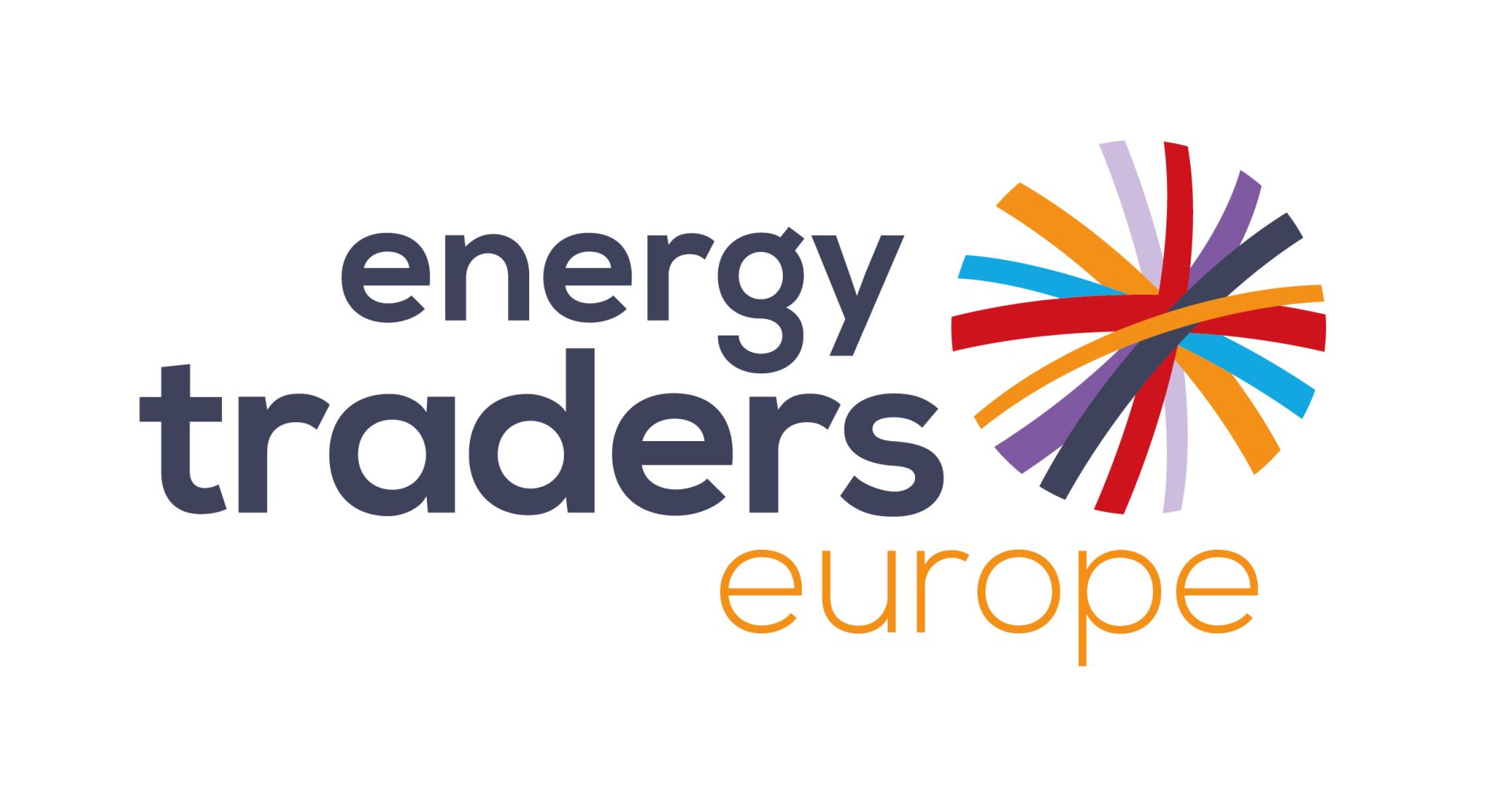Mastering the Trader’s Edge: Psychology, Strategy, and Risk Management
Key points:
- Psychological resilience: avoiding impulsive trades and overconfidence.
- Building structured strategies vs. gut trading.
- Balancing short-term opportunities with long-term positioning.
- Learning from losses and building systematic feedback loops.
- Developing the discipline of professional traders.
Mastering the Trader’s Edge: Psychology, Strategy, and Risk Management
The Psychology of a Winning Trader
The Trader’s Edge in Action
In Europe’s fast-moving energy markets, success doesn’t come from knowledge alone. Many traders understand fundamentals, follow prices, and know the tools — yet only a few consistently excel. What separates the best traders is the edge they develop through psychology, disciplined strategies, and rigorous risk management.
The Psychology of a Winning Trader
Energy trading is as much a mental game as it is a financial one. Markets move fast, and stress levels are high.
Emotional control: avoiding panic in downturns and overconfidence in winning streaks.
Resilience: learning from mistakes without losing confidence.
Focus: staying sharp during long hours, especially in volatile conditions.
Growth mindset: continuously seeking new knowledge, adapting to changing markets.
Traders who master their psychology avoid costly errors and perform consistently under pressure.
Building Robust Trading Strategies
A strong strategy separates gambling from professional trading.
Data-driven decisions: using historical analysis, backtesting, and forecasting models.
Scenario planning: preparing for multiple market outcomes — from extreme weather to policy changes.
Diversification: trading across products (power, gas, carbon) and timeframes (spot, forward, futures).
Execution discipline: following predefined entry and exit rules, rather than chasing prices.
The best traders refine their strategies continuously, adapting to market dynamics while avoiding impulsive trades.
Risk Management: The Core of Professional Trading
At the heart of every trading desk is risk management. Without it, even the smartest strategies can fail.
Position sizing: never risking too much capital on a single trade.
Stop-loss discipline: setting limits to prevent outsized losses.
Value-at-Risk (VaR) and stress tests: measuring potential losses under normal and extreme scenarios.
Compliance and reporting: aligning with European regulations and internal policies.
The traders who survive long-term are those who protect capital first and pursue profits second.
The Trader’s Edge in Action
Imagine two traders facing the same price shock. One reacts emotionally, doubling down on losses. The other sticks to pre-defined limits, exits the trade, and reassesses calmly. Over time, the second trader outperforms — not because of luck, but because of discipline.
That discipline, combined with deep market understanding and effective use of technology, is the true edge.
Final Thoughts
Mastering energy trading isn’t just about reading charts or executing fast trades. It’s about cultivating the right mindset, building smart strategies, and managing risk with precision. In Europe’s volatile power and gas markets, these elements define the difference between short-lived traders and long-term professionals.
For those aiming to become “super traders,” developing this edge is the ultimate goal — the foundation of lasting success.
Copyright © Energy Traders Europe - Tech Partner: Symantra

